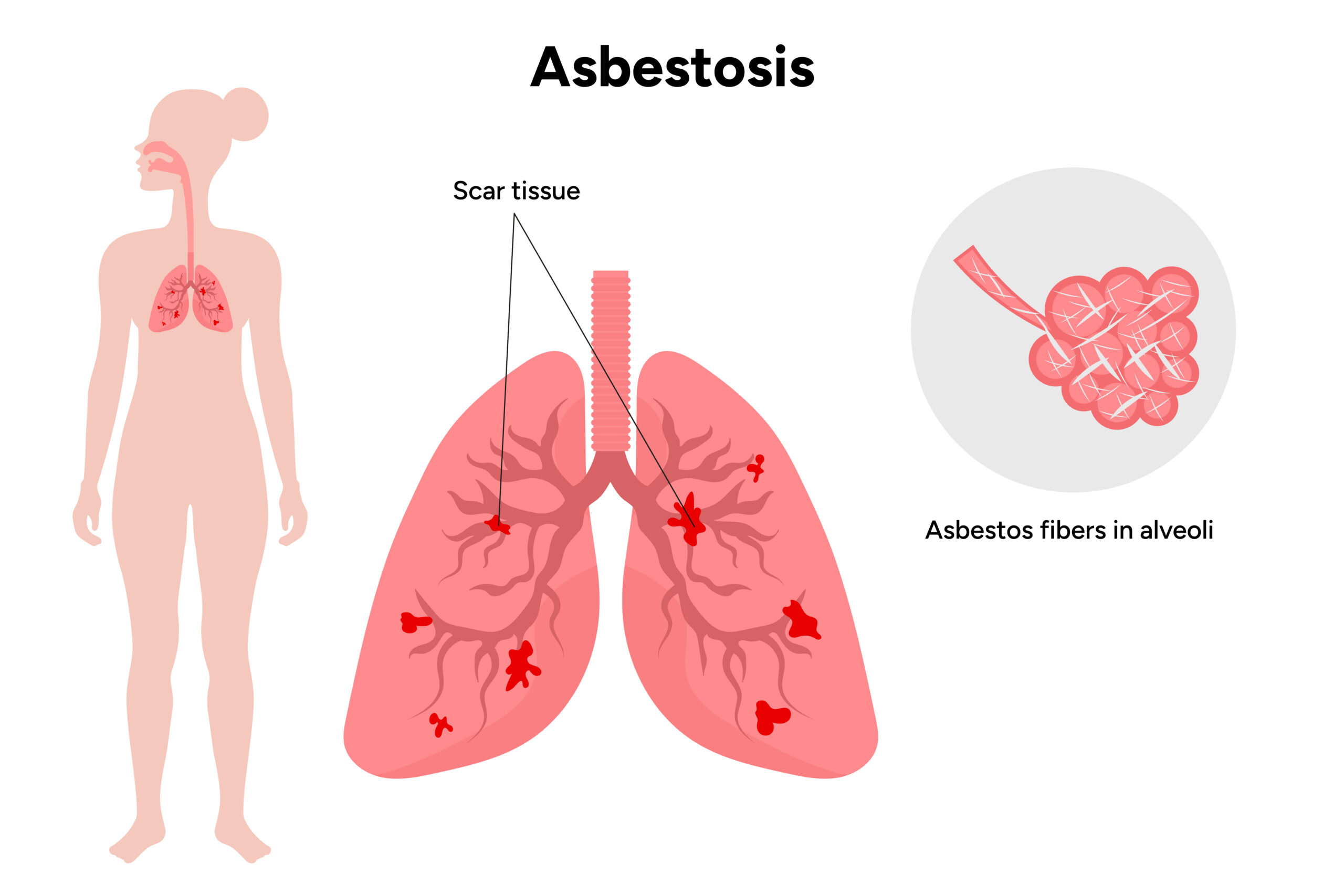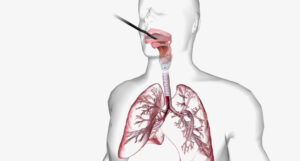What is Asbestosis?
Asbestosis is a lung disease caused by breathing in asbestos fibers. These tiny fibers can damage the lungs over time. As a result, people may have trouble breathing. Asbestosis is not contagious. However, it is a serious condition that needs medical attention. According to the CDC, asbestosis mostly affects people who worked with asbestos in the past. Today, strict rules help lower the risk, but some jobs still carry danger. Early detection is important for better health outcomes.
Symptoms of Asbestosis
Symptoms of asbestosis often appear years after exposure. At first, you may not notice any problems. Over time, symptoms can get worse. Common asbestosis symptoms include:
If you notice these signs, it is important to see a doctor. Early care can help manage symptoms better.
Causes and Risk Factors
Asbestosis is caused by breathing in asbestos fibers. These fibers are found in some building materials, insulation, and old pipes. When disturbed, they can float in the air and be inhaled. Over time, the fibers cause scarring in the lungs. This makes it hard to breathe.
Several risk factors increase your chance of getting asbestosis:
Even family members of workers can be at risk if fibers are brought home on clothes. Therefore, it is important to use safety equipment and follow guidelines.
How Asbestosis is Diagnosed
Doctors use several steps to make an asbestosis diagnosis. First, they ask about your work history and symptoms. Next, they may do a physical exam. If asbestosis is suspected, doctors often order tests such as:
Sometimes, doctors may need a lung biopsy. However, this is rare. Early diagnosis helps manage asbestosis symptoms and slow disease progress.
Treatment Options
There is no cure for asbestosis, but treatment can help control symptoms. Doctors create a plan based on your needs. Common asbestosis treatment options include:
In some cases, doctors may suggest surgery or a lung transplant. However, these are rare. Stopping smoking and avoiding further asbestos exposure are also important steps.
Prevention Tips
Preventing asbestosis is possible with the right steps. Here are some tips on how to prevent asbestosis:
Additionally, learn about local risks if you live near old factories or mines. Early action can protect you and your family.
Living with Asbestosis
Living with asbestosis can be challenging, but support is available. With proper care, many people manage their symptoms well. Here are some tips for daily life:
Remember, you are not alone. Many people live full lives with asbestosis by taking these steps.
If you have concerns about asbestosis or its symptoms, consult a pulmonologist for personalized advice on asbestosis.






